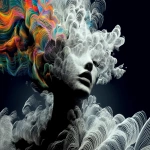Explore the Best AI Image Gallery

Quantum Creativity: Where Quantum Computing Meets the Creative Arts
The realms of technology and art have always intertwined, but the advent of quantum computing heralds a new era of unprecedented possibilities for creative expression. This revolutionary technology, harnessing the principles of superposition and entanglement, promises to unlock novel avenues for artists, designers, and innovators, blurring the lines between imagination and innovation.
Quantum Leaps in Creative Applications
Imagine generating stunningly intricate artwork with algorithms guided by quantum mechanics, crafting immersive virtual reality experiences with unparalleled realism, or composing symphonies that evolve and adapt based on real-time audience interaction. These are just a few glimpses into the transformative potential of quantum computing for creative endeavors.
- Art Generation: Quantum algorithms can be trained to generate novel visual art forms, pushing the boundaries of aesthetics and expression. Imagine paintings that shift and change with every glance, sculptures that evolve organically based on environmental stimuli, or music compositions that spontaneously generate harmonious melodies.
- Virtual Reality Enhancement: Quantum computing can revolutionize VR by creating hyper-realistic environments with intricate details and lifelike interactions. This opens doors for immersive storytelling, interactive theatre performances, and training simulations in fields like medicine and architecture.
- Interactive Design: Wearable technology powered by quantum processors could enable designers to intuitively manipulate digital objects in real time. Imagine sketching a 3D model with your hand gestures, tailoring fabrics with personalized patterns, or constructing architectural designs that adapt to user preferences.
Navigating the Ethical Landscape
As with any groundbreaking technology, quantum computing raises important ethical considerations for the creative industry:
- Bias and Representation: Quantum algorithms are trained on vast datasets, which can inadvertently perpetuate existing biases. Its crucial to ensure that creative outputs generated by quantum systems reflect diverse perspectives and avoid reinforcing harmful stereotypes.
- Ownership and Authenticity: Who owns the rights to artwork or designs created by a quantum algorithm? Determining authorship and intellectual property in this new realm presents complex legal and philosophical challenges.
- Accessibility and Equity: Quantum computing requires significant resources and expertise, potentially creating disparities in access and opportunity. Its essential to ensure that the benefits of this technology are shared equitably across different communities and demographics.
Future Trends Shaping Quantum Creativity
The convergence of quantum computing and the creative arts is still in its early stages, but several trends suggest a future brimming with possibilities:
- Quantum-Inspired Art: Artists will continue to explore new ways to incorporate the principles of quantum mechanics into their work, blurring the lines between reality and imagination.
- Hybrid Creative Processes: Quantum computing will augment human creativity by providing tools for exploration, experimentation, and iteration, leading to collaborative workflows between artists and machines.
- Personalized Creative Experiences: Quantum-powered systems will enable highly personalized creative outputs, tailored to individual tastes, preferences, and interactions.
The marriage of quantum computing and the creative industry promises a future where imagination knows no bounds. By embracing this transformative technology responsibly, we can unlock unprecedented levels of artistic expression, innovation, and cultural enrichment.

](https://images.ai-img.art/thumbnails/150/a3ed6513a6661aa3ee46e0c2924d1e8888854e91d8908de39db5590dc41f8d8f.webp)
](https://images.ai-img.art/thumbnails/150/0ba0be922ab76af53f75ab90126ae2b18a600ee3b96941e8ab897a9f10594e5a.webp)



](https://images.ai-img.art/thumbnails/150/ff09e32d2be011c0dd785984c5c1e47839ce551a31da1bde242860b30df2aa30.webp)

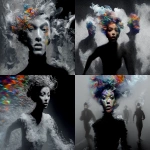

](https://images.ai-img.art/thumbnails/150/2ebdeb4f7db35100e5be5de9bc3e533a40d14e5feedefd7ffc586524a0f3ba8c.webp)


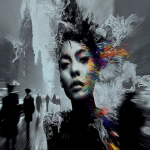
](https://images.ai-img.art/thumbnails/150/7cf5a08238f29c821f52bb4f63db48af0b7f633ff3b9f7253074d78ced9ff6f6.webp)
](https://images.ai-img.art/thumbnails/150/685ae68cfab93a7e59a71206867b060c45bd6fd3cd561c4fe60fca514b09c5f8.webp)



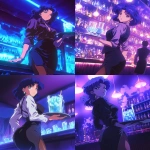



](https://images.ai-img.art/thumbnails/150/847809c77ca9a73b68bc190e6efb06fec87157685a243730d5a66a403b0e6e10.webp)


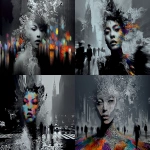




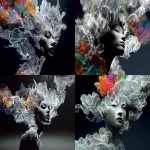




](https://images.ai-img.art/thumbnails/150/bd056a4718c27444e064198762f8dc8ffa1f74f1afd7dcda8d5cb8b142797d6e.webp)











